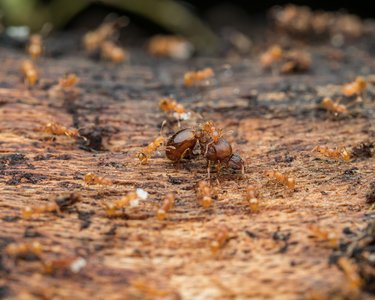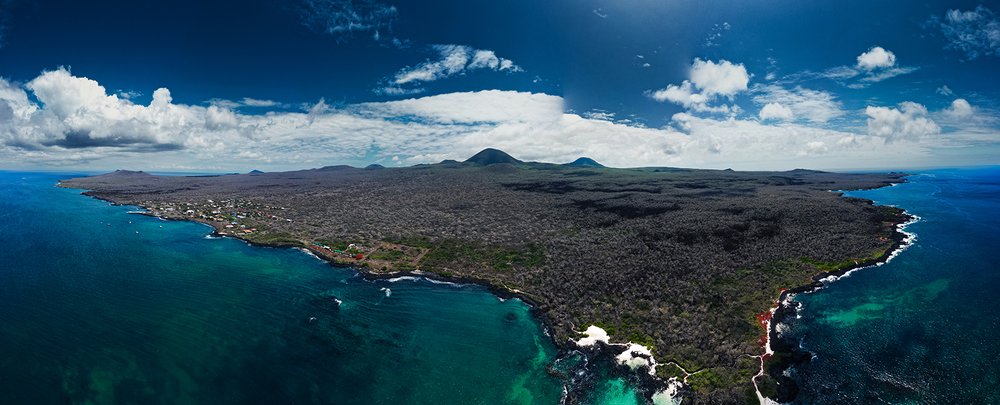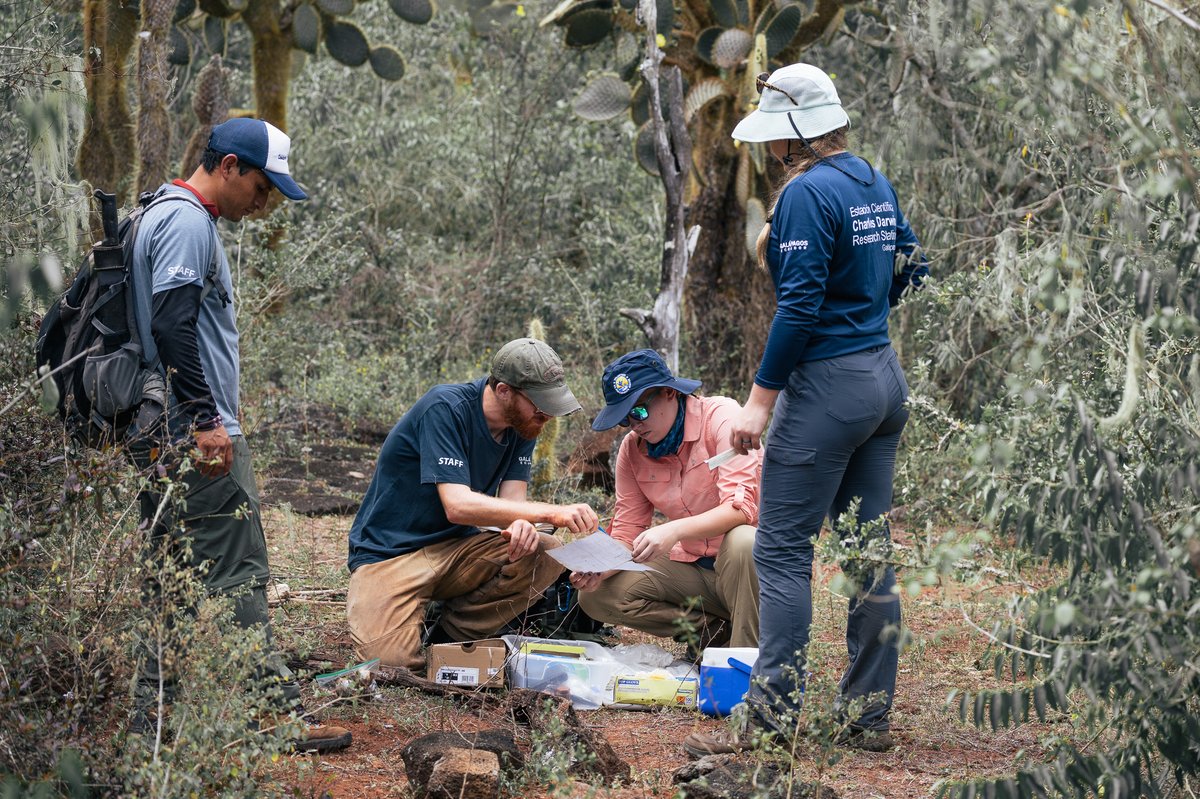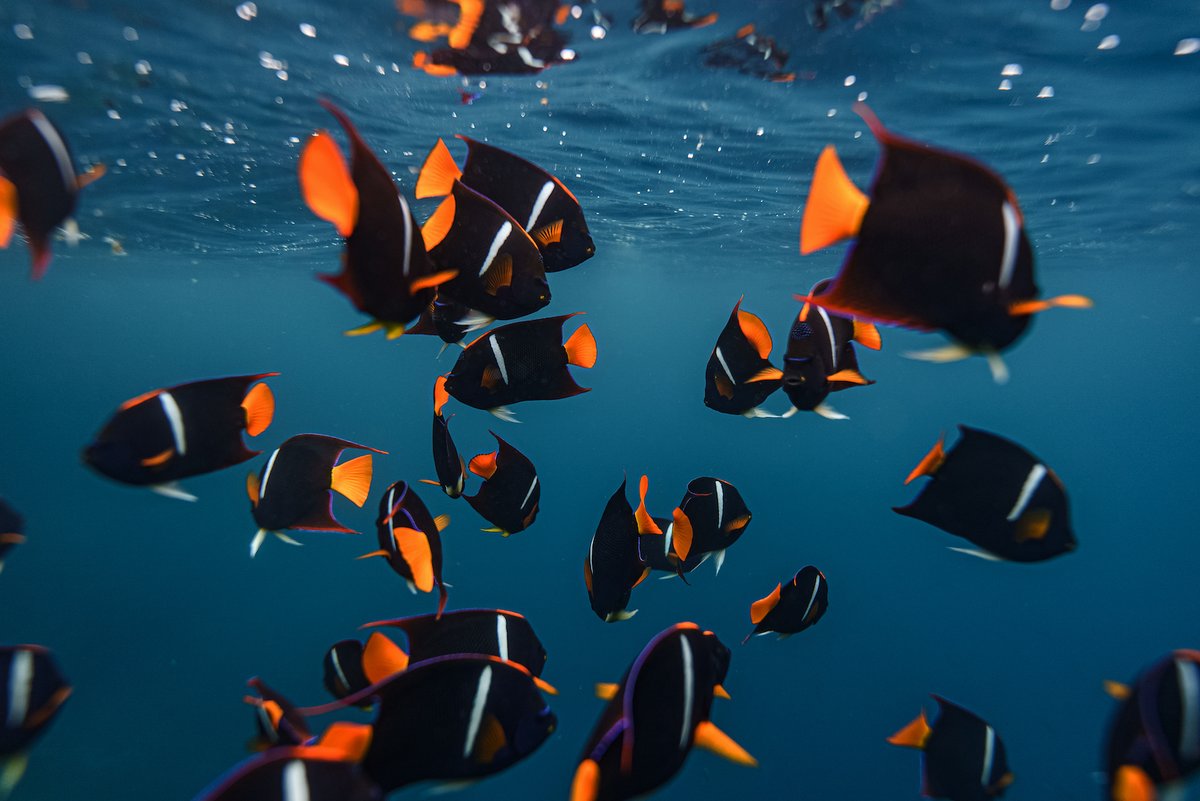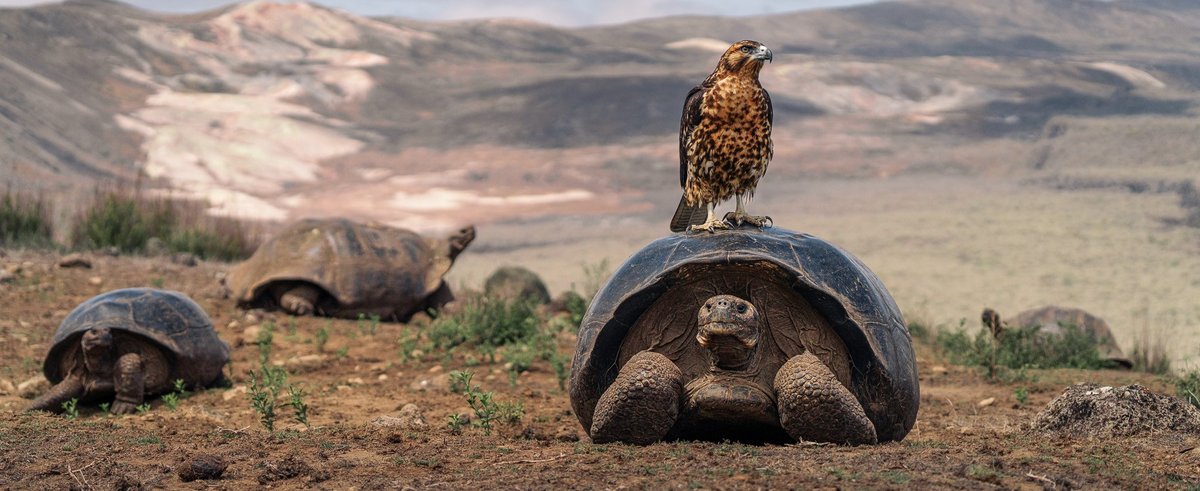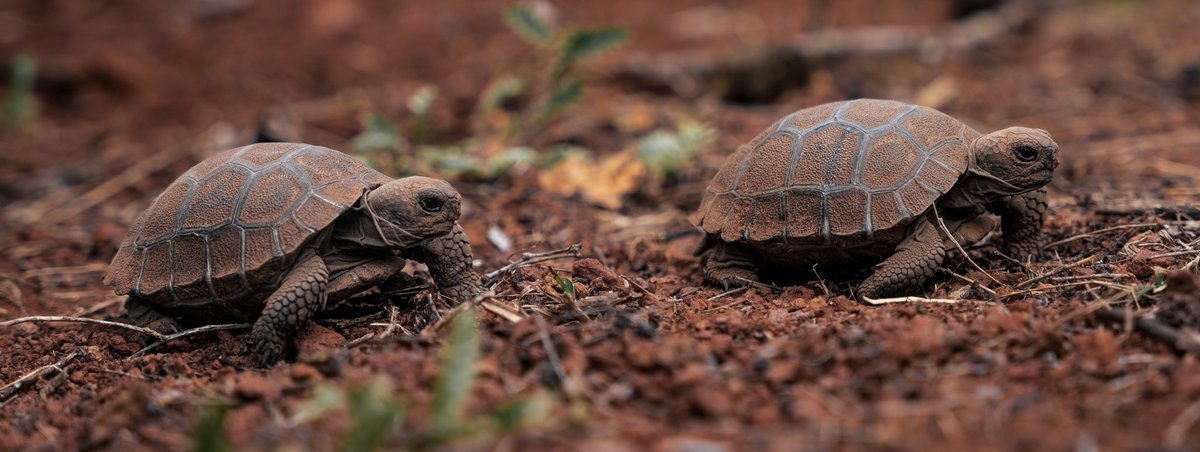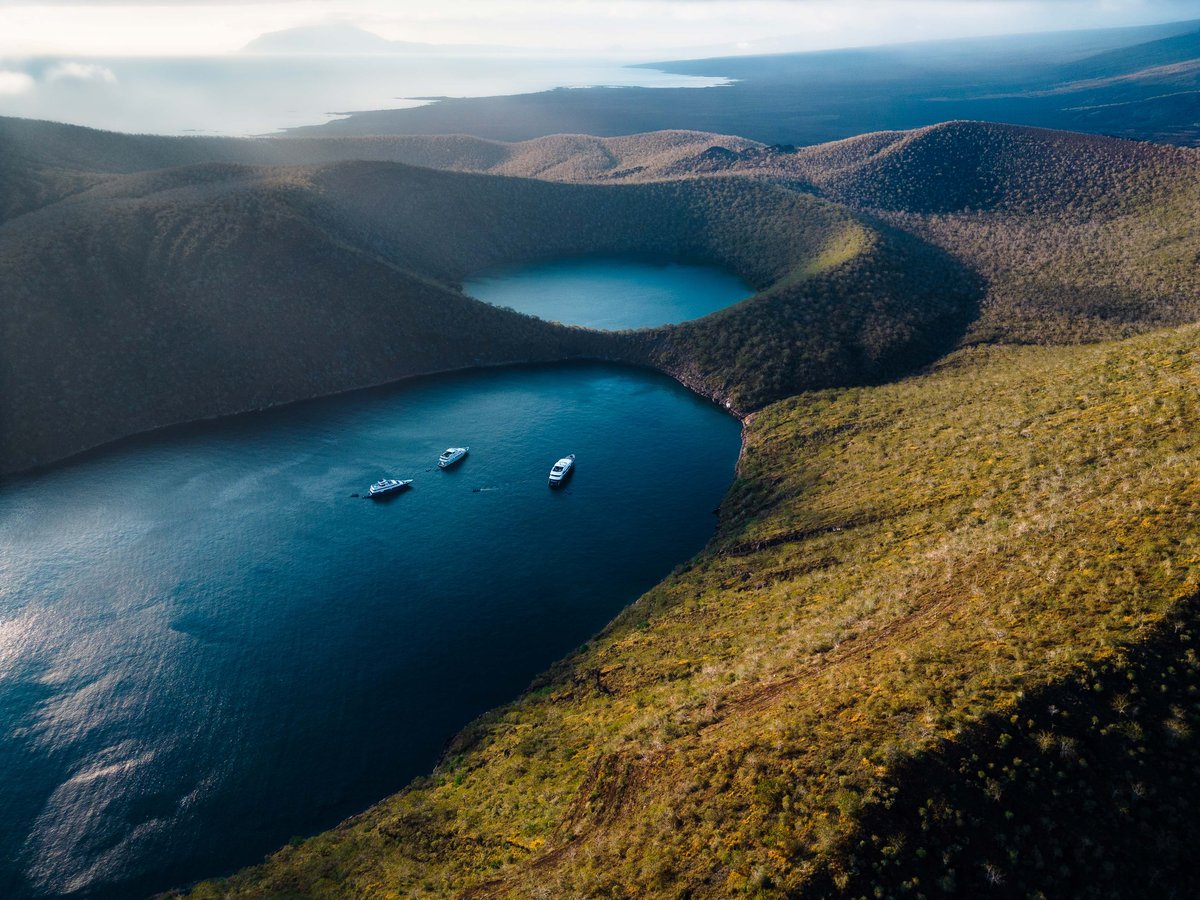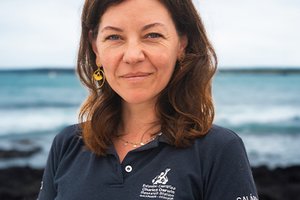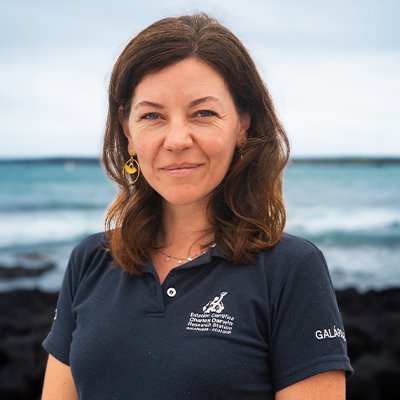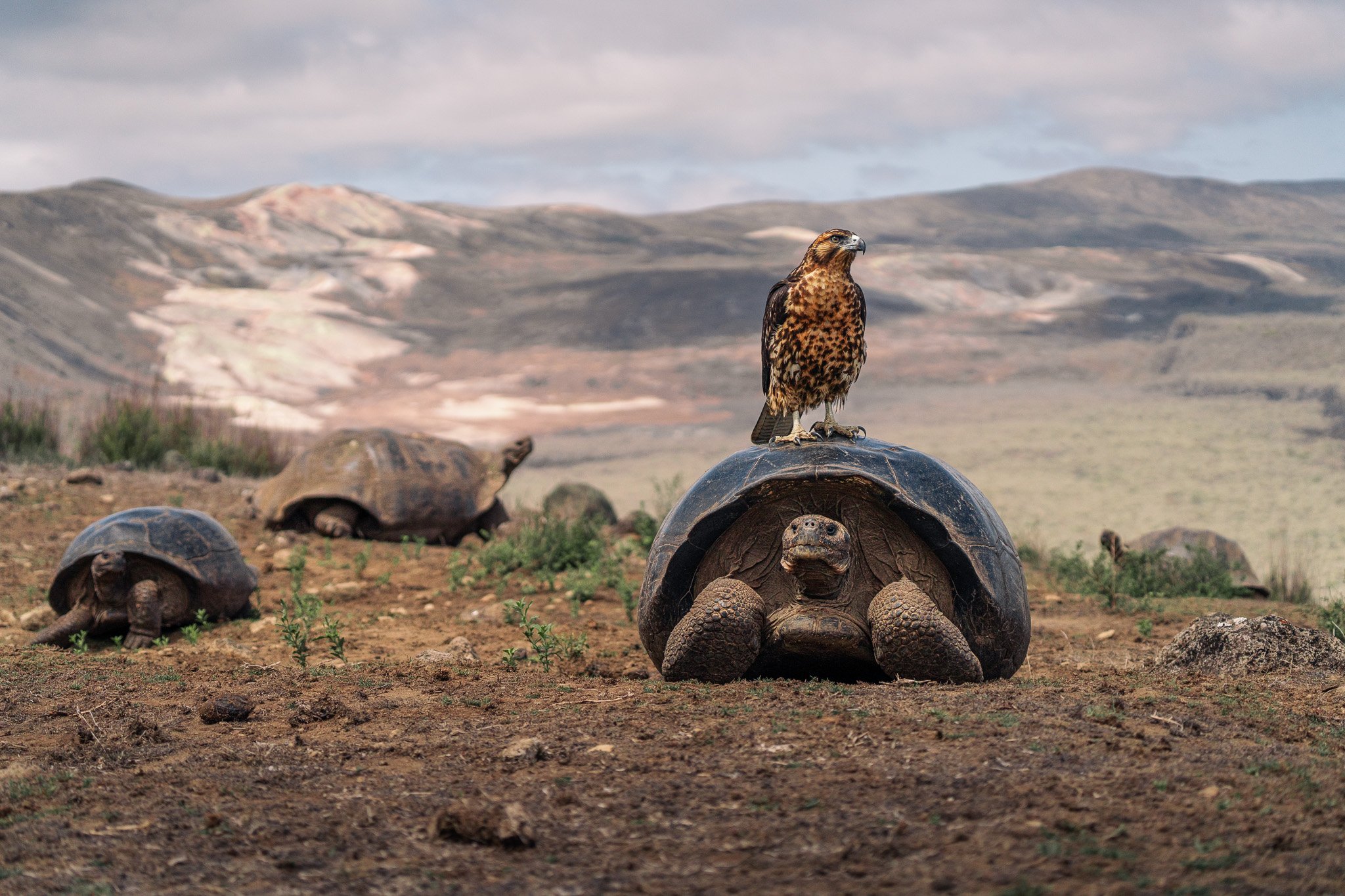Baseline Study of Invertebrates:
A critical tool to support Floreana Island’s Restoration
A critical tool to support Floreana Island’s Restoration
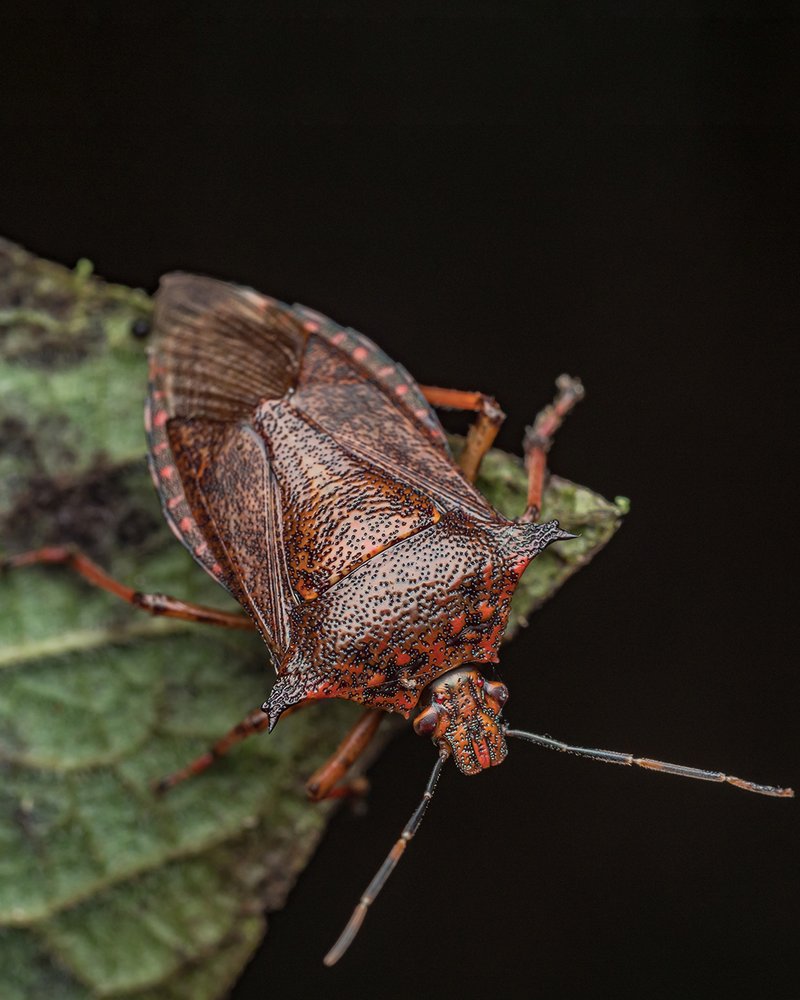
What the study found
In 2022, researchers collected more than 15,000 invertebrates from both National Park and agricultural land on Floreana Island. The analysis showed clear differences in community composition between the two habitat types.
Agricultural areas had a higher abundance of certain groups such as mites (Acarina), springtails (Collembola), true bugs (Hemiptera), and ants (Hymenoptera). These modified landscapes also supported a greater number of invasive species, including the tropical fire ant (Solenopsis geminata) and the little fire ant (Wasmannia auropunctata), both of which are known to threaten native fauna. In fact, invasive ants were significantly more common in agricultural land than at the National Park sites.
By contrast, protected areas of the Galápagos National Park on Floreana supported a richer diversity of invertebrates. Samples from these sites contained a wider range of insect groups, underlining the importance of native habitat for maintaining overall biodiversity.
These patterns suggest that while agricultural land provides habitat for some generalist and invasive species, it is the native vegetation within the National Park that supports more diverse invertebrate communities. This information offers a crucial benchmark for monitoring how invertebrate populations respond once restoration efforts — including invasive species eradication and native species reintroductions — are fully underway.
Why invertebrates matter
Invertebrates make up around 97% of all animal life on Earth, and their roles in pollination, nutrient cycling, and decomposition are vital for healthy ecosystems. On Floreana, they are also the foundation of the food web for many bird species slated for reintroduction — including the Little Vermilion Flycatcher (Pyrocephalus nanus), which feeds on beetles, flies, and moths and will be reintroduced to Floreana in the coming years.
The study found these insect groups present across both agricultural and park areas, an encouraging sign for future reintroductions. However, the prevalence of invasive ants is a concern, as they can attack bird, tortoise and iguana nestlings and displace native invertebrates.
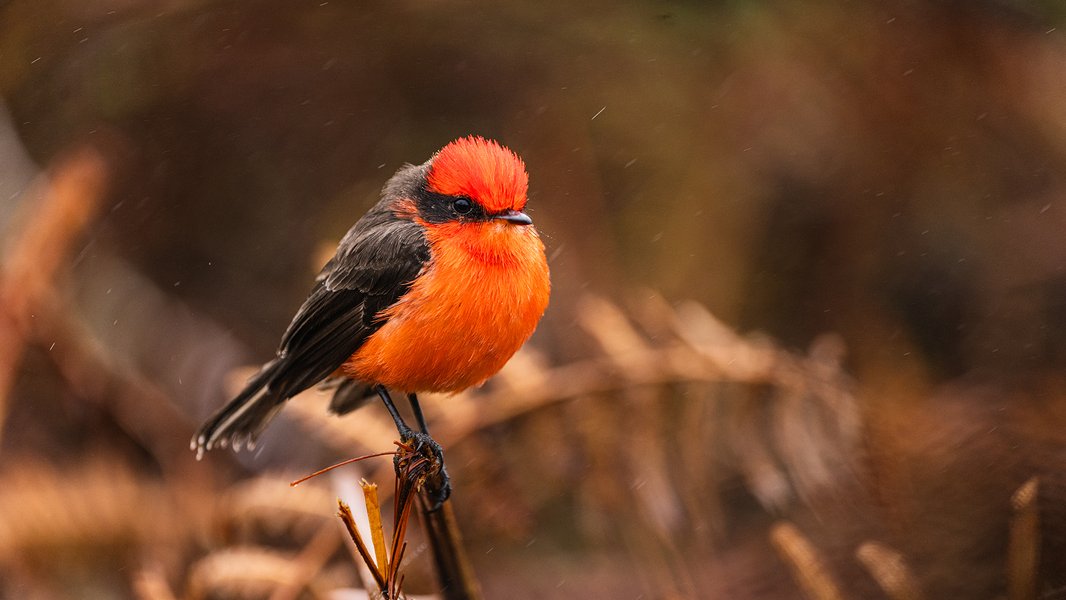
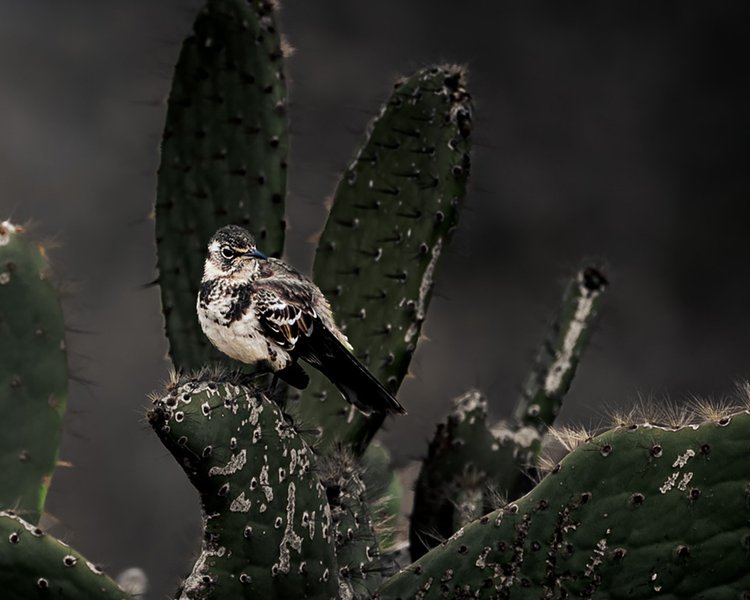
Supporting the Floreana Restoration Project
The Floreana Ecological Restoration Project aims to eradicate invasive mammals and restore ecosystems so that 12 locally extinct species, including the Little Vermilion Flycatcher, the Floreana Mockingbird and Grey Warbler Finch, can return. The new invertebrate baseline provides a benchmark against which to measure ecological change over the coming years.
“Baseline data are essential for tracking change,” said Heinke Jäger, Principal Investigator at the Charles Darwin Foundation, who is leading the entomology team on the ground. “They allow us to understand how restoration actions are influencing invertebrate communities and, by extension, the whole ecosystem. We are currently conducting biannual assessments of invertebrate communities and track changes in their composition to inform adaptive restoration.”
By repeating these surveys in the years to come, managers will know whether suitable invertebrate prey is available for the bird species to be reintroduced, measure the impact of restoration, and adjust strategies as needed. From tiny insects in the highlands to iconic birds and reptiles, the success of Floreana’s restoration will depend on science guiding each step.
This study was published in the Journal of Insect Conservation (2025) and is contribution number 2475 of the Charles Darwin Foundation for the Galapagos Islands. It was made possible thanks to the support of Galapagos Conservation Trust and Re:Wild.
About the Floreana Ecological Restoration Project
Launched over a decade ago, the Floreana Ecological Restoration Project aims to restore the island’s ecological health by removing invasive species, restoring native habitats, and reintroducing twelve locally extinct animals. Combining science-based strategies with strong community engagement, the project seeks to reestablish ecological balance while supporting sustainable livelihoods for Floreana’s 150 residents.
The initiative is led by the Galápagos National Park Directorate (GNPD) and the Galápagos Biosecurity Agency (ABG), with CDF, Jocotoco Foundation, and Island Conservation as co-executors, and Durrell Wildlife Conservation Trust as a key partner in species reintroductions. Many other organizations contribute their expertise to this ambitious effort.
Find out more about our work on Floreana:
